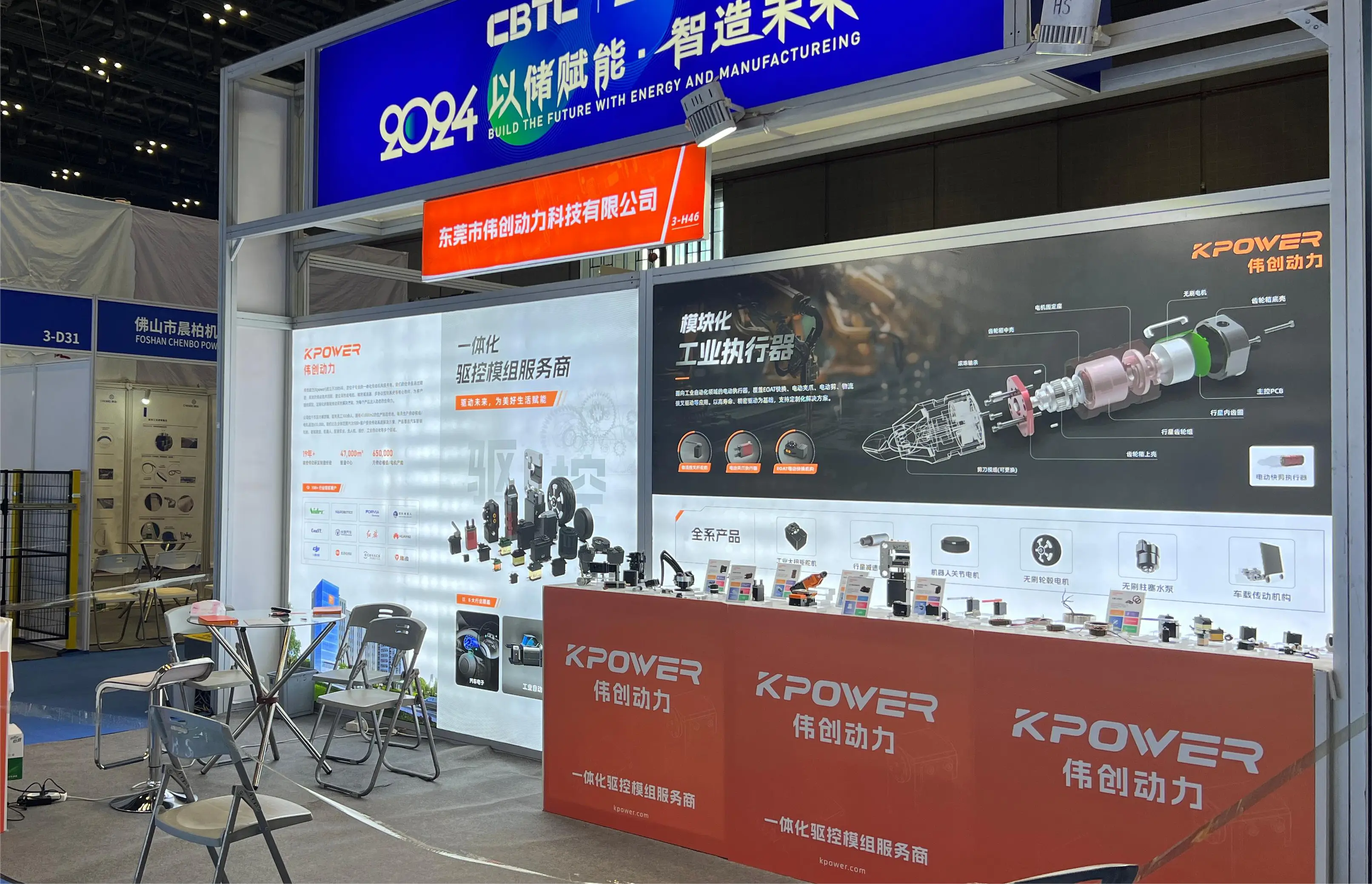In today's fast-evolving technological landscape, where precision and efficiency are not just desired but demanded, torque systems combined with servo motors have emerged as the backbone of modern automation. From small-scale manufacturing to large-scale industrial processes, these systems empower engineers and operators to achieve unprecedented levels of control, reliability, and performance.

Understanding the Core: What is a Servo Motor? At the heart of many advanced control systems lies the servo motor—a device that converts electrical energy into precise mechanical motion. Unlike traditional motors that operate at a constant speed or torque, servo motors are designed for high accuracy, responsiveness, and repeatability. They are often equipped with feedback devices such as encoders or resolvers that constantly monitor their position, speed, and torque, enabling real-time adjustments and making them ideal for applications requiring tight control.
The Significance of Torque Systems Torque, fundamentally, is the rotational force applied by a motor to perform work. In the context of automation, torque systems refer to the integrated mechanisms—comprising servo motors, controllers, and feedback loops—that regulate torque output to meet specific operational demands. These systems are particularly crucial in tasks involving variable loads, multi-axis movements, or complex synchronization.
A torque system's ability to deliver and control torque precisely means machines can handle delicate operations—such as assembling tiny electronic components—while also managing heavy-duty tasks like heavy lifting or extrusion, with the same level of finesse. It is this versatility that makes torque systems indispensable across diverse sectors.
Synergy between Torque Systems and Servo Motors When combined, servo motors and torque systems form a dynamic duo capable of executing complex motions with finesse. The servo drives, which act as the command center, interpret control signals—often based on user input or sensor data—and adjust the motor's output in real-time. This synergy ensures movements are smooth, accurate, and repeatable, reducing waste and improving overall productivity.
Moreover, the integration of intelligent control algorithms, such as PID (Proportional-Integral-Derivative) control or advanced model predictive control, optimizes performance further. These adaptations enable the system to anticipate and compensate for disturbances, ensuring operations are resilient and consistent—even under fluctuating load conditions.
Advantages of Using Torque Systems with Servo Motors The marriage of torque systems and servo motors brings forth numerous benefits that are transforming industries:
Enhanced Precision: Capable of micron-level accuracy, vital for applications like micro-machining, semiconductor manufacturing, and robotics. Increased Efficiency: Optimized torque delivery minimizes energy wastage, lowers operational costs, and extends equipment lifespan. Dynamic Responsiveness: Rapid acceleration and deceleration capabilities improve cycle times and throughput. Complex Motion Capabilities: Multi-axis coordination facilitates sophisticated operations—think robotic arms executing intricate assembly tasks. Programmability & Flexibility: Users can tailor motion profiles to suit specific tasks, switching seamlessly between different modes.
Applications Beyond Manufacturing While industrial automation remains the primary beneficiary, torque systems and servo motors also impact diverse fields. Medical devices such as robotic surgical tools rely on precise torque control to execute delicate procedures. In aerospace, they manage movements of spacecraft or satellites with exactitude. Even in entertainment, motion control for stage effects or camera rigs often employs these systems for smooth, repeatable movements.
Future Trends and Innovations The landscape of torque systems and servo motors continues to evolve rapidly. Advancements in materials, such as high-temperature superconductors or carbon fiber components, promise lighter, faster, and more efficient motors. Meanwhile, embedded AI algorithms facilitate predictive maintenance and autonomous optimization, reducing downtime and boosting productivity.
Wireless communication protocols and integrated IoT sensors allow for remote monitoring and control, fostering smarter factories and connected systems. The rise of collaborative robots (cobots) relies heavily on precise torque feedback and control to operate safely alongside humans, further expanding the relevance of these technologies.
In sum, the synergy of torque systems and servo motors embodies the spirit of modern automation—precise, adaptable, and intelligent. As industries continue to demand higher performance standards, these systems stand poised to lead the charge towards a more efficient and innovative future.
Kpower has delivered professional drive system solutions to over 500 enterprise clients globally with products covering various fields such as Smart Home Systems, Automatic Electronics, Robotics, Precision Agriculture, Drones, and Industrial Automation.




































